Opinion: Limit overcrowding in Mount Washington backcountry skiing through sign-up system
| Published: 04-18-2023 6:00 AM |
Agnes Macy of Dublin currently attends Bowdoin College in Maine.
I did not think twice when I drove two hours to get on snow in New Hampshire to ski. My 6 a.m. alarm went off, and, coffee in hand, I started driving west toward Mount Washington from my college town in Maine.
Spring skiing in New England can be hard to come by. Most ski areas now rely on snowmaking to get through the winter, the reality of our warming climate today. While downhill skiing helps fuel the White Mountain’s economy in the winter, not everyone opts to buy a lift ticket to get on snow. The backcountry skiing community in New Hampshire not only draws on a local scene of skiers, but also attracts people from other states.
As a New Hampshire native, I am drawn back to the state again and again.
One place in New Hampshire is uniquely known for holding onto its natural snow: Tuckerman Ravine on Mount Washington. When I pulled into the parking lot at Pinkham Notch one Friday morning in late March, it was already full of cars. As there are fewer places to backcountry ski with reliable snow in New Hampshire, areas easily get crowded.
I believe that Pinkham Notch should monitor and limit the number of skiers they let into the ravine daily. To do this, I think people should have to sign up online or in person before skiing. On our skin up the Tuckerman Ravine Trail, we bumped into many people, and yet it was a relatively quiet day on the mountain. There is a powerful culture and shared connection people feel in the backcountry, which adds to the experience. At the same time, though, overcrowding of these spaces can be dangerous, especially in avalanche terrain.
Tuckerman Ravine certainly qualifies as avalanche territory, with ski runs that range from 40-55 degrees. An avalanche forecaster posts information and ratings every day of the winter. When I arrived at the bowl of the ravine on an earlier trip to “Tucks” this spring, I met a couple who had just boot-packed up.
“Are you locals who ski here often?” I asked as I clipped into my bindings. Slinging his backpack off, the man responded, “Yeah, we come up almost every weekend from Rhode Island.” I was at first surprised to hear this, but this is not uncommon. Growing up in New Hampshire and currently living in Maine, I take my proximity to the White Mountains for granted, but many people flock from different states further afar.
Article continues after...
Yesterday's Most Read Articles
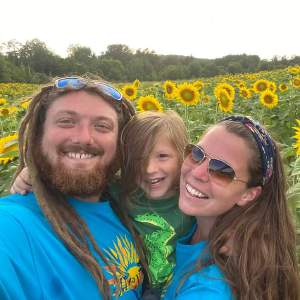 Hometown Heroes: Couple’s sunflower fields in Concord reconnects the community to farming
Hometown Heroes: Couple’s sunflower fields in Concord reconnects the community to farming
 Boscawen resident takes issue with proposed town flag designs
Boscawen resident takes issue with proposed town flag designs
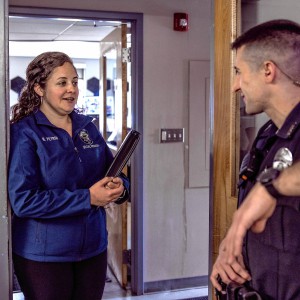 Skepticism turns to enthusiasm: Concord Police welcome new social worker
Skepticism turns to enthusiasm: Concord Police welcome new social worker
 With new plan for multi-language learners, Concord School District shifts support for New American students
With new plan for multi-language learners, Concord School District shifts support for New American students
 With Concord down to one movie theater, is there a future to cinema-going?
With Concord down to one movie theater, is there a future to cinema-going?
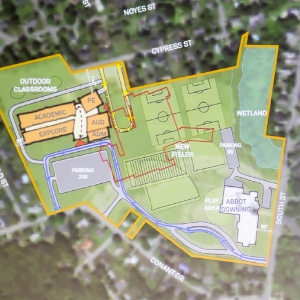 Opinion: The Concord School Board can restore trust with residents
Opinion: The Concord School Board can restore trust with residents
When people drive long distances to backcountry ski in New Hampshire, there emerges more pressure to ski a good line, to make the day worth it. This can lead people to make unsafe decisions in avalanche terrain. If you approach a ski day with a certain objective, it is difficult to change plans even if the forecast advises against it. Having an online sign-up system would force people to plan ahead and consider avalanche risk before creating their plan to ski.
My friends and I checked the avalanche report the morning of our ski at Tuckerman to determine the safest route. Given the conditions, my group decided to ski the Left Gully. When we arrived at the base of the ravine, we were surprised to see nearly fifteen people skiing the right-most lines in Lion Head Gully. From what we understood, those areas had a higher avalanche risk that day. Regardless, people were naively having a great time, hooting and hollering on their way down.
While we were up there, we happened to run into the avalanche forecaster and skied over to ask him about it. Putting his goggles up on his helmet, he said it was a classic example of “the sheep following the herd.” All it took was one person skiing the line for people to assume that it was safe. This mentality in the backcountry is extremely dangerous and can get people killed. Not only was the area crowded with people, but just one skier could have triggered an avalanche.
As our ski seasons get shorter and good ski days are harder to come by, we will be forced to make harder, yet responsible, decisions. If someone has driven multiple hours on a perfect powder day to ski Tuckerman, deciding to turn around because of avalanche risk is difficult. Additionally, the perfect powder days draw crowds that are not always making safe decisions despite the great avalanche report information available. On average, about twenty-five rescues happen on Mount Washington yearly.
New Hampshire needs to find a balance between welcoming outsiders to backcountry ski in the Whites and deterring people when it is overcrowded or unsafe. An online sign-up system would facilitate safer decisions in the backcountry by encouraging people to think ahead. Skiers should not just follow the herd, risk factors need to be heard.
]]>


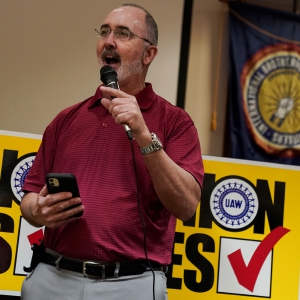 Opinion: No, Republicans are not better on the economy
Opinion: No, Republicans are not better on the economy Opinion: Campus chaos and America’s character
Opinion: Campus chaos and America’s character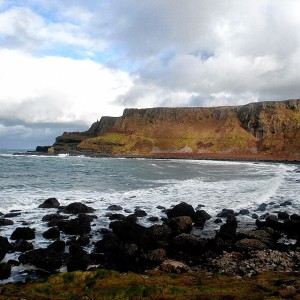 Opinion: Learning from landscapes
Opinion: Learning from landscapes Opinion: Summer camp registration: The only thing higher than the price is the anxiety
Opinion: Summer camp registration: The only thing higher than the price is the anxiety
